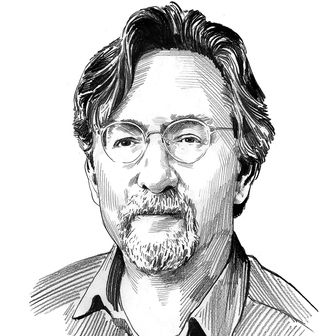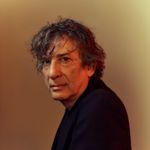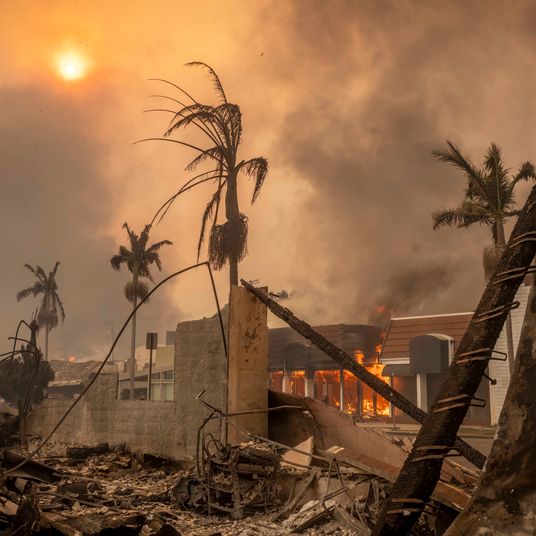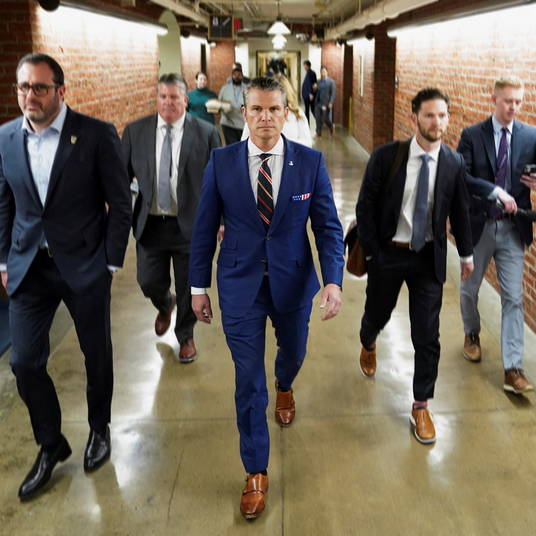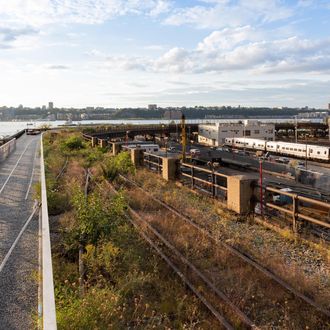
Even before it opened, the High Line was a snapshot of a vanishing moment. First came a zone of fond neglect, where weeds and wildflowers sprouted cheerfully from a toxin-laced rail bed. Some saw blight in the rusting relic, others possibility; either way, it couldn’t last. Then, in 2009 — just five years ago! — the first short but exciting segment of elevated park opened, a surreally beautiful strip of orderly wilderness that made this part of the city seem fresh. That couldn’t last, either. The park threaded its way through a neighborhood famous for meat and sex, well on the way to something more decorous and deluxe. By the time the second half-mile opened two years later, the recession had come and was starting to ebb, tourists arrived by the millions, and a crystal canyon of condos were hemming in the raised walkway. Now the High Line has reached its full length, swerving towards the sunset at 30th Street, hooking around the rail yard and its cornfield of glinting train cars, and ramping down to meet the temporary nowheresville of 34th Street. But the story isn’t over, not by a long shot.
The park becomes more playful in its latest incarnation. The familiar benches that peel up out of the paving seem to mutate, crossing, elongating, or morphing into picnic tables. Rails and ties remain embedded in the surface, and the switches still have movable levers (though they don’t actually shift any tracks). A ramp lifts and drops you like a gentle wave. Kids (or anyone small and able-bodied) can clamber into spaces between the structure’s exposed beams and wriggle into a bright green gopher hole that pops up amid the plantings.
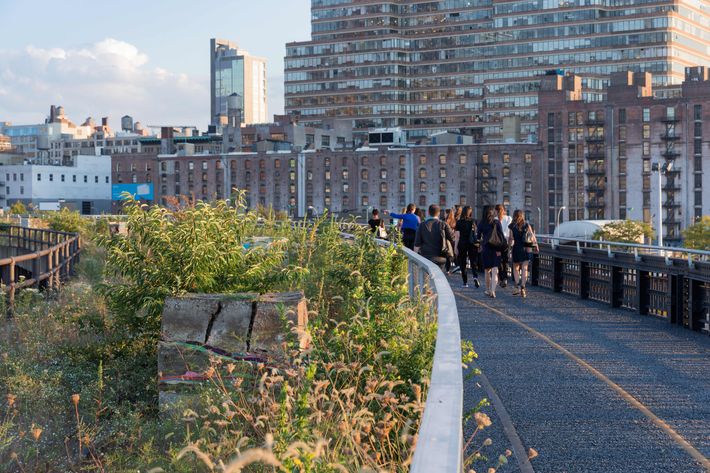
All this whimsy is framed by the original structure’s serious brawn. The most stunning features are still the riveted metal plates and tough ornamental guardrails from the 1930s — the industrial age’s grudging nod to prettiness. The designers — Field Operations, with Diller Scofidio + Renfro — kept their interventions modest, and after a block or two, they practically peter out. A plain-vanilla macadam walkway flanks a curving strip of pristine grassland. This section, like an unrestored patch that sets off the brightness of a freshly cleaned painting, preserves the look of the High Line as it was during its years of abandonment — weedy, wild, poetic. It’s contained behind a fence, and it won’t stay this way forever, alas. Eventually, the steel will need to be shored up, the concrete replaced, lead paint banished, and poisoned soil carted away. When the construction of Hudson Yards is completed, which could take a decade or more, this end of the park will be closed once more for a final round of renovation.
The High Line’s architects knew they were designing a passageway through a fluid and unpredictable cityscape. As James Corner, the principal of Field Operations, points out, that’s in the nature of the original trestle, which railroad engineers drove through warehouses, over streets, and alongside tenements with supreme indifference to urban context or aesthetics. The High Line began as a relic; it will end as an approach to the city’s most massive development, Hudson Yards. Already, it winds beneath the Coach Tower, which is under construction, and bends east towards a wide plaza that will open in a couple of years. The rail yards and its gleaming cars will vanish, and so will much of the sky. Instead of emptying out into open space and nothingness, the park will sweep around midtown’s supercharged edge. The High Line may be almost done, but its story is far from over, because the city that changes around it is a show that never folds.


